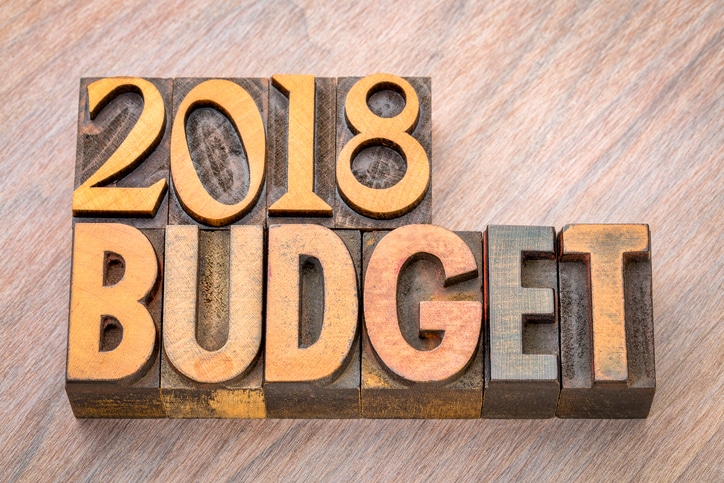It’s a new year and a great time to review and update your spending plan, or start one with a fresh mind-set if this is something you’ve been putting off forever. Budgeting doesn’t need to be complicated – it really just depends on how much detail YOU want to track. Technology has made a lot of manual data entry unnecessary, however there’s nothing wrong with a spreadsheet or paper form if that’s your preference.
For those who have even a basic comfort with a smart phone or tablet
or tablet , there are a number of handy apps that make setting up a spending plan and monitoring your spending goals easier than ever. Having quick access to check in on the go also makes it easier to avoid overspending.
, there are a number of handy apps that make setting up a spending plan and monitoring your spending goals easier than ever. Having quick access to check in on the go also makes it easier to avoid overspending.
Here’s our top three for different styles of management:
- Completely free

- Tracks spending trends and progress toward savings goals
- Syncs with online accounts
- Phone App
- Includes bill alerts
- Can also manually enter assets & liabilities (house, car, etc) to track net worth
- mint.com
- Zero-based budgeting
- Dave Ramsey method
- Phone
 App
App - Free
 version
version - Paid version is $99 annually with a 15 day free
 trial
trial
- Connects to bank accounts
- View of account balances
- everydollar.com
- Requires a Google account
- Automatically feeds bank data into a Google Sheet
- Spreadsheet based financial tracking without manual entry
- Daily email summary of transactions & balances
- Can use pre-built spreadsheet templates or design your own
- $5/month with a 30 day free trial
 ; one year totally free
; one year totally free for students
for students - tillerhq.com
In the end, having an awareness of your cash flow is the key to making smarter money decisions and keeping you on track for your longer term financial goals. But this doesn’t mean you must track every penny. A budget, or spending plan, can be very high level and still work! A great example is the 50-20-30 plan. For a recap of the 50-20-30 spending plan concept, click here.
Happy planning!






